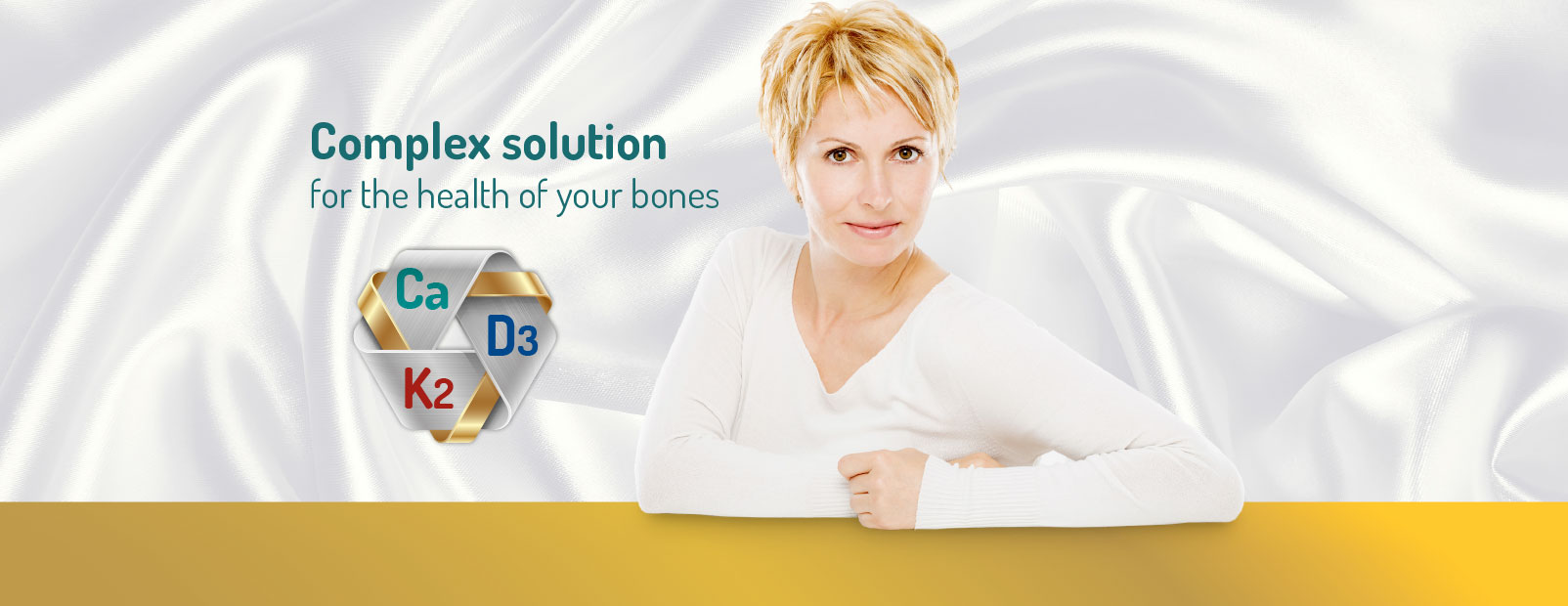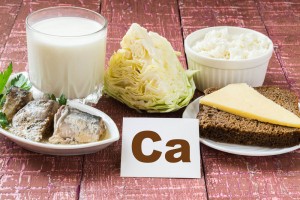Let’s give your bones the strength – is a motto of this year’s World Day of Osteoporosis, which has been remembered every year on 20th of October since 1997 and it was declared by the International Osteoporosis Foundation (IOF).
As a result, the public learn more about the possibilities of prevention, diagnosis and treatment of osteoporosis as well as other metabolic bone diseases.
An adequate intake of natural calcium together with vitamin D3 and K2 is important for normal bone structure at any age. Vitamin D3 and K2 help to navigate and store calcium in the bones. In case of a long-term shortage of calcium in the blood, the body just takes it from the bones. The bones thus become thin and fragile, and osteopenia and osteoporosis can further develop.
Many people are anaware that they have a disease
Osteoporosis (bone thinning) is a metabolic bone disorder in which bone mass decreases, and this disorder of bone structure increases the risk of fractures. Osteoporosis is also called as a silent thief of bones, because the people are for many years, unaware that they are loosing the bone tissue and they may discover the disease only when they have their first fracture. Osteoporotic fracture in old age can be fatal. The critical periods for risk of osteoporosis development are particularly menopause and aging.
The start and development of osteoporosis may be, to some extent, influenced by prevention, which include proper nutrition, movement and, in particular, adequate intake of natural calcium together with vitamin K2 and D3.
What is the situation in the world?
Over 200 million people are affected by osteoporosis worldwide. In Slovakia, about 8% of the population, it means more than 400,000 people are affected with osteoporosis. Approximately one in three women and one in five men over 50 years suffers from fracture due to osteoporosis. Every three seconds someone in the world break the bone due to osteoporosis. The cost of osteoporotic fractures treatment achieved, only in European Union, over € 37 trillion, and the assumption is that by 2025 the cost will increase by another 25%.











